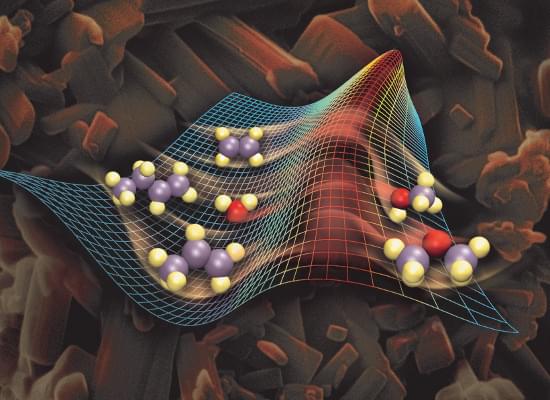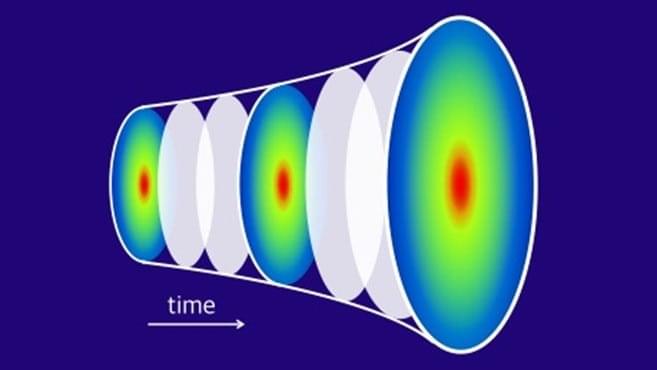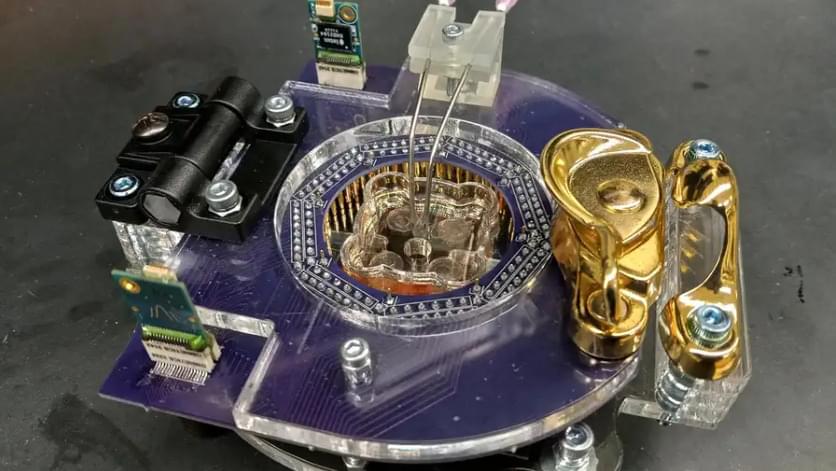Explorer will take road trips in its stride, with charging from 10–80 per cent in 25 minutes.
U.S.-based carmaker Ford has announced its new all-electric Explorer, the first of many EVs to come from the company as part of the company’s rebranding in Europe, according to a press release.
The vehicle seats five across two rows and offers ample storage space of around 470 liters in five-seat mode, making it perfect for exploring cities and beyond.
Ford.
The mid-sized crossover is designed to set families off on their next adventure, with an aerodynamic exterior that reflects the iconic American SUV and a bold “shield” design that takes the place of a traditional grille.








